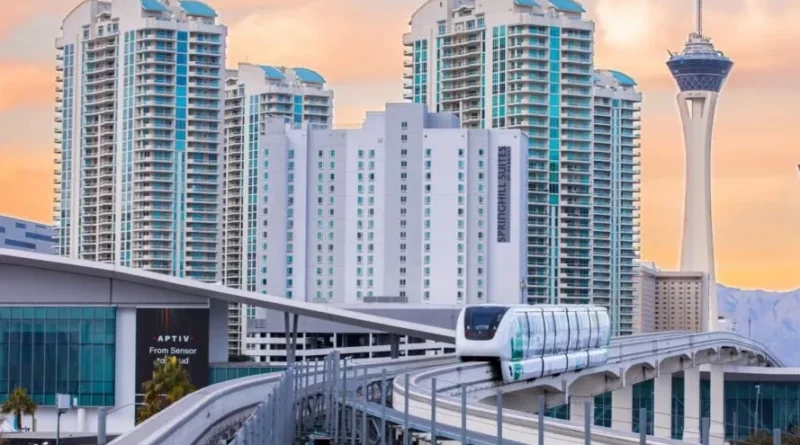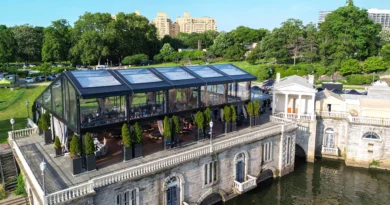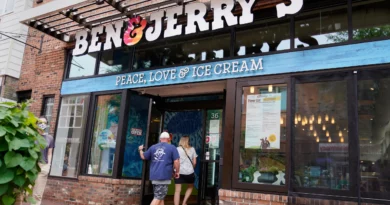History of North Las Vegas Nevada
North Las Vegas, Nevada, often overshadowed by its famous neighbor to the south, has a rich and unique history that reflects the broader development of Southern Nevada. While Las Vegas is known for its bright lights, casinos, and entertainment, North Las Vegas has its own story of growth, resilience, and transformation. From its early days as a small desert outpost to its current status as one of Nevada’s fastest-growing cities, North Las Vegas offers a fascinating glimpse into the history of the American West. This article explores the key events, milestones, and figures that have shaped North Las Vegas into the vibrant community it is today.
Early Beginnings: The Desert Landscape
Long before European settlers arrived, the area now known as North Las Vegas was inhabited by Native American tribes, particularly the Southern Paiute people. The Paiutes lived in the arid desert region for thousands of years, relying on the scarce water sources and the desert’s natural resources for survival. They developed a deep understanding of the harsh environment and maintained a way of life that was closely tied to the land.
The area that would become North Las Vegas was characterized by its dry, barren landscape, with little more than cacti, sagebrush, and the occasional desert wildlife. The harsh desert conditions made it a challenging place for sustained human settlement, and for centuries, the land remained largely untouched by outside influences.
The Arrival of European Settlers
The first European explorers arrived in the region in the early 19th century. Spanish explorers, including those on the famous Domínguez–Escalante expedition of 1776, passed through the Las Vegas Valley but did not establish permanent settlements. It wasn’t until the mid-19th century, during the period of westward expansion, that American settlers began to take an interest in the region.
In 1829, Mexican trader Antonio Armijo led a caravan along what would later become known as the Old Spanish Trail, passing through the Las Vegas Valley. This route connected New Mexico to California and became a vital trade route for settlers moving westward. The availability of water from the Las Vegas Springs made the valley a crucial stopover for travelers.
The Founding of Las Vegas and the Growth of North Las Vegas
The development of Las Vegas began in earnest in 1905, when the San Pedro, Los Angeles & Salt Lake Railroad (later the Union Pacific Railroad) established a rail line through the area. The railroad brought an influx of settlers, and the city of Las Vegas was officially founded that same year. As Las Vegas grew, so did the surrounding areas, including the land that would become North Las Vegas.
In the early 20th century, North Las Vegas began to attract settlers who were drawn to the affordable land and the opportunity to escape the more densely populated areas of Las Vegas. The area was primarily agricultural, with small farms and ranches dotting the landscape. The community that formed in North Las Vegas was largely independent from Las Vegas, with its own distinct identity.
Incorporation and Early Development
North Las Vegas was officially incorporated as a city on May 1, 1946. The decision to incorporate was driven by the desire of local residents to have more control over their community’s development and to address the challenges of rapid growth. At the time of incorporation, North Las Vegas had a population of just over 2,500 people.
The early years of North Las Vegas were marked by efforts to establish the necessary infrastructure and services for a growing community. Roads were paved, schools were built, and essential utilities like water and electricity were extended to the area. The city’s first mayor, Edward W. Von Tobel Jr., played a key role in guiding the early development of North Las Vegas, advocating for responsible growth and the establishment of municipal services.
Post-War Boom and Rapid Expansion
The years following World War II brought significant changes to North Las Vegas. Like many cities across the United States, North Las Vegas experienced a post-war boom, with an influx of new residents and businesses. The availability of affordable housing, combined with the economic opportunities offered by the nearby Las Vegas Strip, made North Las Vegas an attractive place for returning veterans and their families.
During the 1950s and 1960s, North Las Vegas expanded rapidly, both in terms of population and physical size. New neighborhoods were developed, and the city’s boundaries extended further into the desert. The construction of Nellis Air Force Base on the outskirts of North Las Vegas also contributed to the city’s growth, bringing military personnel and their families to the area.
Nellis Air Force Base and Its Impact
Nellis Air Force Base, established during World War II, has had a profound impact on the development of North Las Vegas. The base, which serves as a major training facility for the U.S. Air Force, has been a significant economic driver for the city. The presence of the base brought thousands of military personnel to the area, many of whom settled in North Las Vegas.
The base’s influence extended beyond just population growth. Nellis Air Force Base contributed to the development of infrastructure in North Las Vegas, including roads, schools, and housing. The base also played a role in shaping the city’s cultural identity, with a strong sense of patriotism and support for the military evident throughout the community.
The Civil Rights Movement and Social Change
The 1960s and 1970s were a period of social change across the United States, and North Las Vegas was no exception. The Civil Rights Movement brought attention to issues of racial segregation and discrimination in Southern Nevada. North Las Vegas, like many communities in the region, had a significant African American population, and the city became a focal point for civil rights activism.
One of the most notable events during this period was the integration of schools in North Las Vegas. Prior to the Civil Rights Movement, schools in the area were segregated by race. The push for integration, led by local civil rights leaders and community activists, resulted in significant changes to the city’s educational system. By the late 1960s, schools in North Las Vegas were fully integrated, reflecting the broader changes taking place across the nation.
Economic Diversification and Challenges
As the city continued to grow, North Las Vegas faced both opportunities and challenges. While the proximity to Las Vegas provided economic benefits, North Las Vegas also had to contend with issues such as crime, economic inequality, and urban blight. The city’s leaders worked to diversify the local economy, attracting new industries and businesses to the area.
In the 1980s and 1990s, North Las Vegas began to see more industrial and commercial development. The city attracted manufacturing companies, distribution centers, and other businesses that provided jobs and economic stability. The construction of the Cheyenne Technology Corridor, a business park designed to attract high-tech companies, was part of the city’s efforts to create a more diversified economy.
Modern North Las Vegas: Growth and Development
In recent decades, North Las Vegas has continued to experience rapid growth and development. The city’s population has soared, with the number of residents surpassing 250,000 by the early 2020s. This growth has been accompanied by a wave of new residential, commercial, and industrial development.
The city’s leaders have focused on creating a balanced and sustainable community, with investments in infrastructure, education, and public safety. North Las Vegas has also made efforts to improve its image and attract new businesses and residents. The development of the Aliante community, a master-planned neighborhood with parks, schools, and shopping centers, is an example of the city’s commitment to creating a high quality of life for its residents.
A City on the Rise
Today, North Las Vegas is a thriving city that continues to evolve and grow. While it retains its own distinct identity, separate from Las Vegas, the city benefits from its proximity to the entertainment capital of the world. North Las Vegas is home to a diverse population, a strong economy, and a vibrant community that reflects the rich history and culture of Southern Nevada.
As North Las Vegas looks to the future, it faces both opportunities and challenges. The city’s leaders are focused on managing growth in a way that preserves the quality of life for residents while continuing to attract new businesses and industries. With its strong sense of community and commitment to progress, North Las Vegas is well-positioned to continue its upward trajectory in the years to come.
Conclusion
The history of North Las Vegas, Nevada, is a story of resilience, growth, and transformation. From its humble beginnings as a desert outpost to its current status as a dynamic and thriving city, North Las Vegas has played a crucial role in the development of Southern Nevada. As the city continues to grow and evolve, it remains a testament to the spirit of the American West—a place where people come together to build a better future.
Discover more from City Towner
Subscribe to get the latest posts sent to your email.




